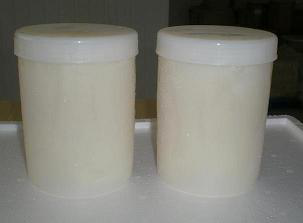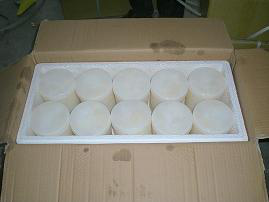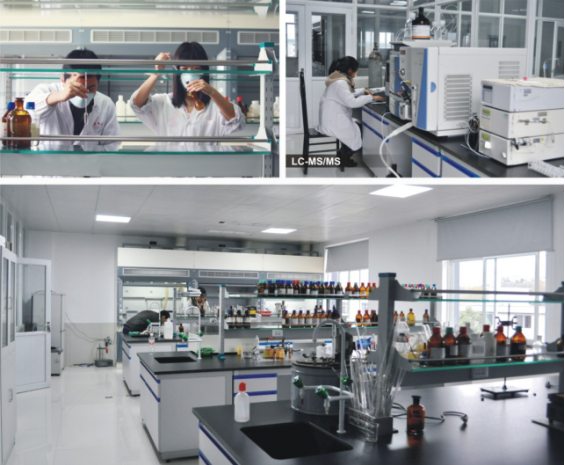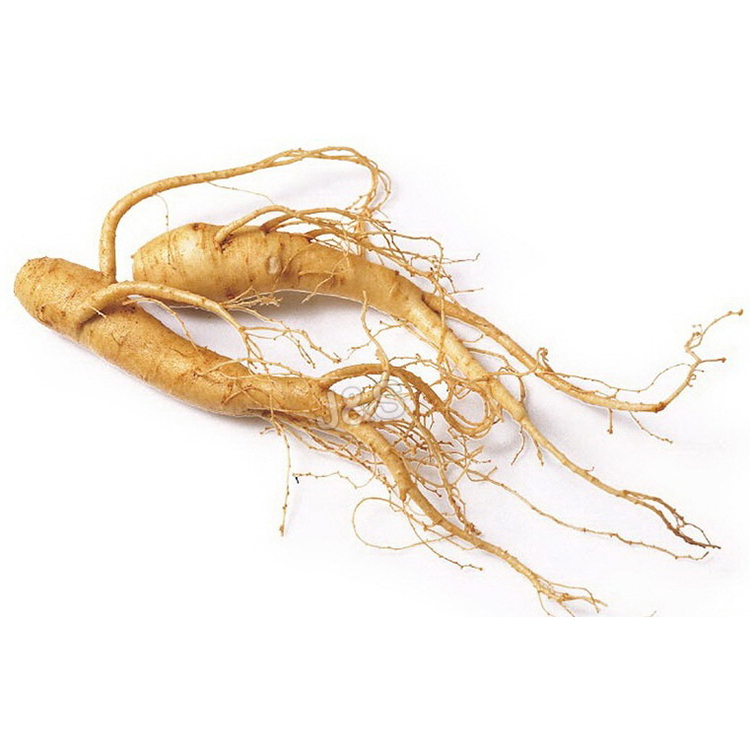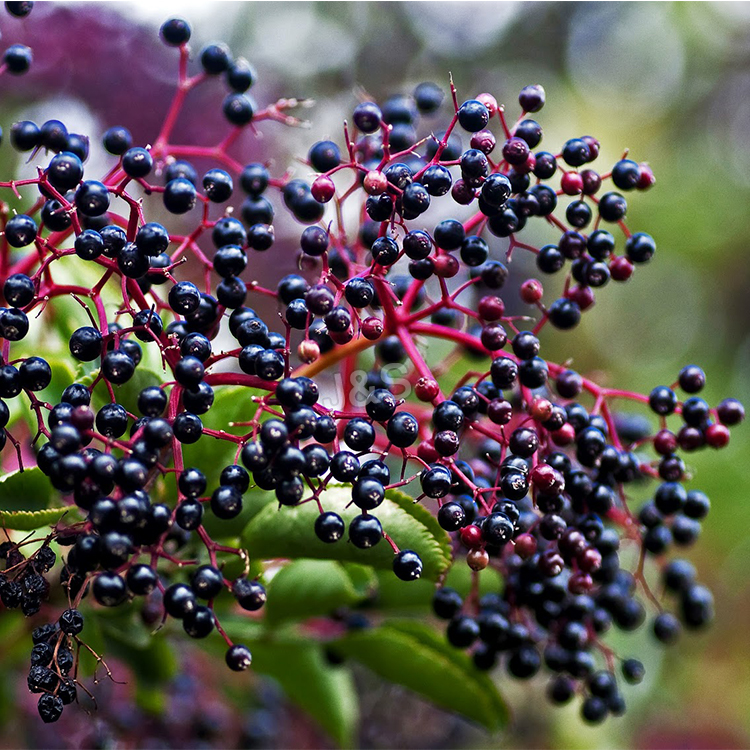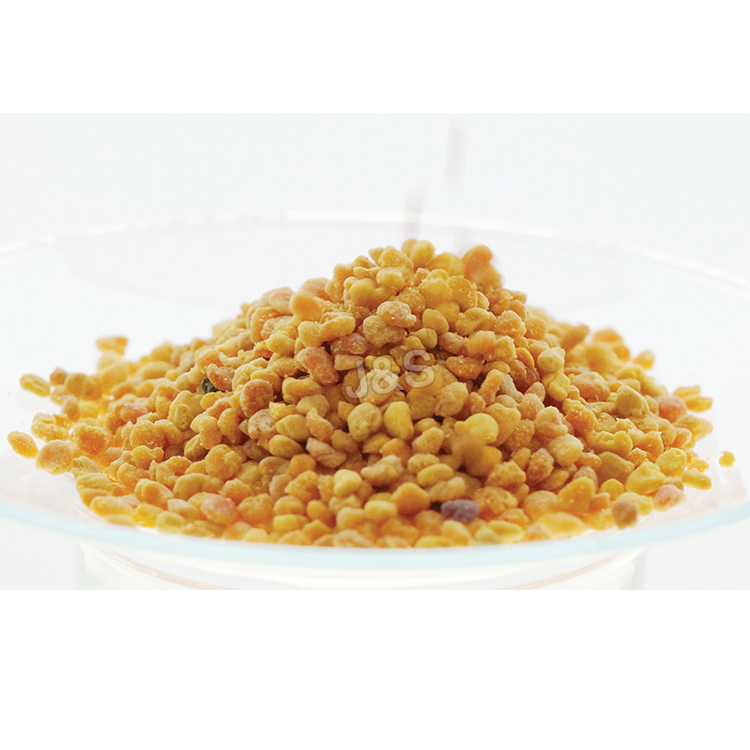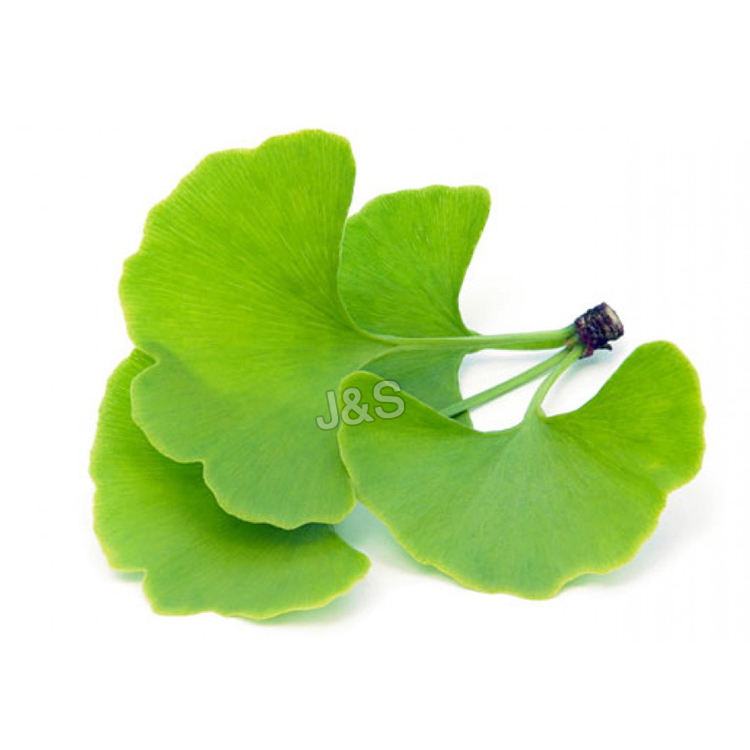Bottom price for Organic Fresh royal jelly Supply to California
Bottom price for Organic Fresh royal jelly Supply to California Detail:
[Products Name] Fresh royal jelly, organic fresh royal jelly
[Specification] 10-HDA 1.4%, 1.6%, 1.8%, 2.0% HPLC
[Gerneral feature]
1. Low antibiotics, Chloramphenicol< 0.1ppb
2.Organic certified by ECOCERT, according to EOS & NOP organic standard;
3.100% pure natural frozen fresh royal jelly
4.Can be easily produced into soft capsules.
[Our advantages]
- 600 bee farmers, 150 units of bee-feeding groups located in natural mountains;
- Organic certificated by ECOCERT;
- NON-antibiotics, widely exported to Europe;
- Health Certificate, Sanitary Certificate and Quality Certificate are available.
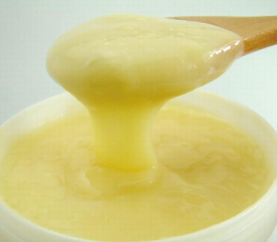
[Packing]
1kg in plastic jar, with 10 jars per carton.
5kg in a aluminum foil bag, 10kgs per carton.
Also we can pack as customer’s requirement.
[Transportation]
If quantity ordered is low we can transport by air,
If above 4,000kg, by sea, one 20 foot refrigerated container.
[Storage]

[What is royal jelly]
Fresh royal jelly is the concentrated super food responsible for turning an ordinary worker bee into a queen bee. The queen bee is 50% larger than a worker bee and lives for up to 4 to 5 years with worker bees living through only one season.
Fresh royal jelly, along with bee pollen, propolis and honey, contains a natural source of nutrients, which the body needs to maintain good health. Athletes and other people report increased stamina and general well being, after two weeks supplementing their diets.
Main indices of physical and chemic in fresh royal jelly
|
Ingredients Indices |
Fresh royal jelly |
Standards |
Results |
|
Ash |
1.018 |
<1.5 |
Complies |
|
Water |
65.00% |
<69% |
Complies |
|
Glucose |
11.79% |
<15% |
Complies |
|
Water-solubility protein |
4.65% |
<11% |
Complies |
|
10-HDA |
1.95% |
>1.4% |
Complies |
|
Acidity |
32.1 |
30-53 |
Complies |
[Quality control]
Traceability record
GMP standard production
Advanced inspection equipment
[Benefits]
The benefits of Royal Jelly and other hive products are no longer treated as folk medicines. Royal jelly has been found to be helpful in the following areas:
1) Tones and strengthens skin
2) Relieves weak and tired eyes
3) Combats the aging process
4) Improves memory
5) Aiding restful sleep
6) Helps against impotence in men and infertility in women
7) It is an antibacterial and may help to prevent leukemia
8) Has a yeast-inhibiting function, preventing conditions such as
thrush and athlete’s foot
9) Contains the male testosterone, which may increase libido
10) Can help treat muscular dystrophy
11) Improves resistance to allergies
12) Controls cholesterol levels
13) Boosts the body’s resistance to the harmful side effects of
chemotherapy and radiotherapy
14) Helps treat skin problems, including eczema, psoriasis and acne
15) Combined with Pantothenic acid, royal jelly provides relief from
the symptoms of arthritis.
Product detail pictures:

Related Product Guide:
Gaining purchaser gratification is our company's aim eternally. We're going to make great initiatives to create new and top-quality products, satisfy your exclusive prerequisites and supply you with pre-sale, on-sale and after-sale solutions for Bottom price for Organic Fresh royal jelly Supply to California , The product will supply to all over the world, such as: Bhutan, Morocco, Pakistan, If you need to have any of our merchandise, or have other items to be produced, make sure you send us your inquiries, samples or in depth drawings. Meanwhile, aiming to develop into an international enterprise group, we look forward to receiving offers for joint ventures and other cooperative projects.
How to understand Chinese herbal medicine and the uses for ginseng herbs; get expert tips and advice on employing Chinese alternative healing treatments in this free personal heath video.
Expert: Billy Tuong
Bio: Billy Tuong has been playing Chinese Chess since a young child and is an accomplished player. His address: 217 Center St. Buzzer#2. Tele: (917) 523-6410.
Filmmaker: Paul Muller
more at https://quickfound.net/links/agriculture_news_and_links.html
Unfortunately this film is incomplete, but the nine minutes plus here are quite good.
NEW VERSION with improved video & sound: https://www.youtube.com/watch?v=Nkblzw76gyI
Public domain film from the Library of Congress Prelinger Archive, slightly cropped to remove uneven edges, with the aspect ratio corrected, and mild video noise reduction applied.
The soundtrack was also processed with volume normalization, noise reduction, clipping reduction, and equalization (the resulting sound, though not perfect, is far less noisy than the original).
https://creativecommons.org/licenses/by-sa/3.0/
https://en.wikipedia.org/wiki/Soybean
The soybean (U.S.) or soya bean (UK) (Glycine max) is a species of legume native to East Asia, widely grown for its edible bean which has numerous uses. The plant is classed as an oilseed rather than a pulse by the Food and Agricultural Organization (FAO).
Fat-free (defatted) soybean meal is a significant and cheap source of protein for animal feeds and many prepackaged meals; soy vegetable oil is another product of processing the soybean crop. For example, soybean products such as textured vegetable protein (TVP) are ingredients in many meat and dairy analogues. Soybeans produce significantly more protein per acre than most other uses of land.
Traditional nonfermented food uses of soybeans include soy milk, and from the latter tofu and tofu skin. Fermented foods include soy sauce, fermented bean paste, natto, and tempeh, among others. The oil is used in many industrial applications. The main producers of soy are the United States (35%), Brazil (27%), Argentina (19%), China (6%) and India (4%). Today, the United States is also the world’s largest consumer of soybeans, with an average annual consumption of 45,313 TMT. The beans contain significant amounts of phytic acid, alpha-linolenic acid, and isoflavones…
Soy varies in growth and habit. The height of the plant varies from below 20 cm (7.9 in) up to 2 metres (6.6 ft)…
Together, soybean oil and protein content account for about 60% of dry soybeans by weight; protein at 40% and oil at 20%. The remainder consists of 35% carbohydrate and about 5% ash. Soybean cultivars comprise approximately 8% seed coat or hull, 90% cotyledons and 2% hypocotyl axis or germ.
Most soy protein is a relatively heat-stable storage protein. This heat stability enables soy food products requiring high temperature cooking, such as tofu, soy milk and textured vegetable protein (soy flour) to be made…
For human consumption, soybeans must be cooked with “wet” heat to destroy the trypsin inhibitors (serine protease inhibitors). Raw soybeans, including the immature green form, are toxic to humans, swine, chickens, and in fact, all monogastric animals.
Soybeans are considered by many agencies to be a source of complete protein. A complete protein is one that contains significant amounts of all the essential amino acids that must be provided to the human body because of the body’s inability to synthesize them. For this reason, soy is a good source of protein, amongst many others, for vegetarians and vegans or for people who want to reduce the amount of meat they eat…
Soy protein is essentially identical to that of other legume seeds. Moreover, soybeans can produce at least twice as much protein per acre than any other major vegetable or grain crop besides hemp, five to 10 times more protein per acre than land set aside for grazing animals to make milk, and up to 15 times more protein per acre than land set aside for meat production…
Cultivation is successful in climates with hot summers, with optimum growing conditions in mean temperatures of 20 to 30 °C (68 to 86 °F); temperatures of below 20 °C and over 40 °C (68 °F, 104 °F) retard growth significantly. They can grow in a wide range of soils, with optimum growth in moist alluvial soils with a good organic content. Soybeans, like most legumes, perform nitrogen fixation by establishing a symbiotic relationship with the bacterium Bradyrhizobium japonicum (syn. Rhizobium japonicum; Jordan 1982). For best results, though, an inoculum of the correct strain of bacteria should be mixed with the soybean (or any legume) seed before planting. Modern crop cultivars generally reach a height of around 1 m (3.3 ft), and take 80–120 days from sowing to harvesting.
The U.S., Brazil, Argentina, China and India are the world’s largest soybean producers and represent more than 90% of global soybean production. The U.S. produced 75 million tons of soybeans in 2000, of which more than one-third was exported. In the 2010–2011 production year, this figure is expected to be over 90 million tons. Other leading producers are Brazil, Argentina, Paraguay, China, and India…
Product quality is good, quality assurance system is complete, every link can inquire and solve the problem timely!


